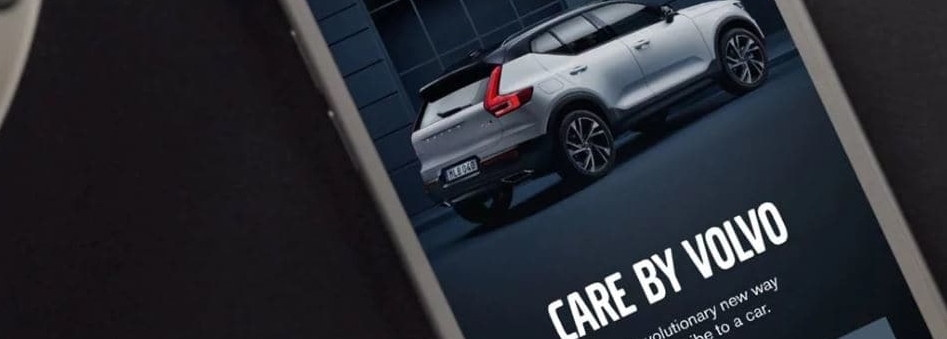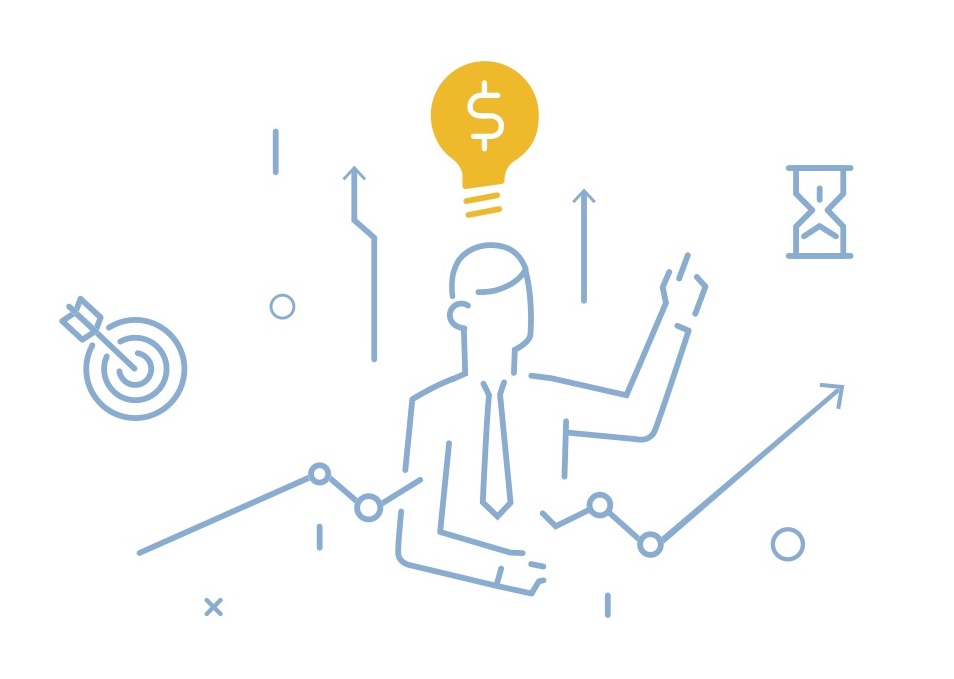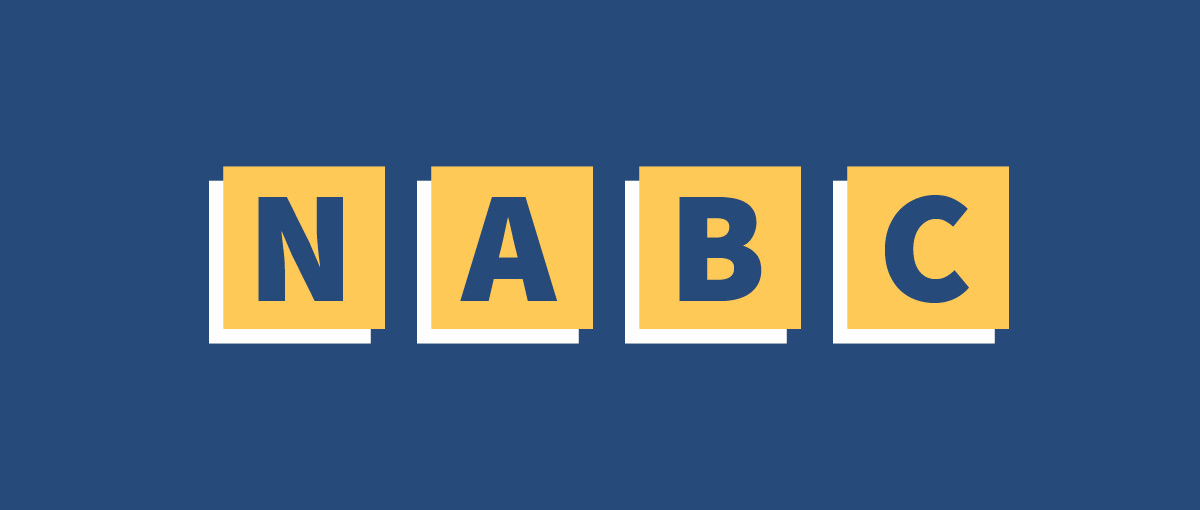62. Mark Packard: The Customer’s Value Learning Process
Innovation and marketing are the two most important functions of entrepreneurial business: bringing innovative new goods and services to market, and convincing customers of their value. On the E4E podcast, we are providing a detailed exposition of Professor Mark Packard’s deep analysis of exactly how customers arrive at, and act upon, their assessment of value.
Key Takeaways and Actionable Insights
Mark’s insights provide entrepreneurs with a powerful tool to fine-tune value propositions for maximum marketplace results.
Value is a process.
Value is a feeling that the consumer experiences. To arrive at that experience, consumers actually follow a process — a learning process. This process is actively conducted by the customer — it’s conscious, subjective, sequential, and continuously fine-tuned. There are 5 process steps:
- Predicted value (what will the experience be like?)
- Relative value (comparing that predicted value to existing solutions)
- Exchange value (putting a price on willingness to pay for the solution)
- Experienced value (what was it actually like?)
- Value assessment (comparing experienced value to predicted value).
In other words, it’s a cycle.
The first overview of the cycle was presented in E4E episode #44. Next, in Episode #55, Mark provided two tools for entrepreneurs to manage the process: the High Knowledge Customer Tool and the Mindfulness Tool. The first one ensure entrepreneurs talk to the right customers to gather knowledge, and the second helps them focus on the right things.
In the current episode, Mark helps entrepreneurs to identify and gather the right data for the management of the Value Learning Process.
Value Ethnography
Ethnography can sound a bit like it’s the activity of explorers in safari suits. But it’s actually the most modern data collection method for the new digital economy. The term is used to describe the process of embedding oneself in the situation that is being studied — in this case, the actions the customer is taking, and the decisions and choices they are making, regarding your value proposition and your business. Why do they do what they do? Why do they choose how they choose? Can they even explain it to themselves? In many cases, the answer is no. Ethnography doesn’t attempt to ask for an explanation or accept the one that’s given. Ethnography observes — it’s a journal record of behavior. And today, ethnography can be conducted via video and clickstreams as well as physical presence. The data streams are rich and deep.
Mark’s lesson to entrepreneurs is to be constantly observant, to watch and monitor what customers do, how they act, what they choose. At every step, ask them why they did what they did. But they might not be able to explain. Some actions may be made without too much thinking. Some may be habit. But, Mark explains, “The reasons are embedded in the behavior.” The reasons people do the things that they do and make the choices they make are embedded in the behavior itself and the observant entrepreneur is able to dig out those embedded reasons.
Therefore, there’s a next step after ethnographic observation: interpretation. And Mark offers us another tool to help us.
City Of From / City Of To
Customers are engaged in a continuing journey. Where they start from is their current experience. Call this starting point “the City of From”. And they are always dissatisfied, always seeking something better, aiming at some improvement in their experience. Call this new experience “the City of To”, the destination they want to reach.
The tool Mark calls “City of From / City of To” maps the customer’s journey. To understand where they are now, the entrepreneur as observer collects data or deduces findings about the customer’s current place — current experience – and their reason for being there. Then the entrepreneur as analyst projects the customer’s desired future experience in the City Of To. Why would they move there? Why do they like it better? What was wrong with the City of From and how is it fixed in the City of To?
Download the CITY OF FROM / CITY OF TO Toolkit at Mises.org/E4E_62_PDF.
| CITY OF FROM | CITY OF TO | |
| Attraction | Why am I here? | Why did I move? |
| Doubts | What am I unsure about here? | How are my doubts overcome? |
| What Changes | Why is this better than before? | What will be even better in the future? |
| Dissatisfactions | What is missing here? | What is better here? |
| Motivations to change | Why should I move? | Why did I move? |
| What would I say? | The case for moving. | The justification for having moved. |
Empathy and The Customer Knowledge Generation framework.
The core skill for entrepreneurs in the analysis of the customer’s experience in the value learning process is empathy — being able to feel what they feel. In fact, as Mark points out, that’s literally impossible. You can’t feel another’s feelings. But the brain is capable of amazing feats of imagination and projection — what Mark calls counterfactuals. You can imagine what another person feels and project that feeling onto your own experience so it’s as if you are experiencing it yourself. You create a mental model in your own mind of the feelings in theirs. It’s a skill you can practice and one that is crucial to unraveling the customer’s value learning experience — to experience it the way they do.
Mark provided a framework that helps you with sharpening your empathic diagnosis capability: Customer Knowledge Generation. There are 5 components, which are actually 5 pitfalls to avoid:
- Talk to the right customer — “high knowledge” customers who can truly help you understand value experiences that are most relevant to your business success. We discussed these high knowledge customers and how to identify them in episode #55.
- Make sure these customers are intrinsically motivated to share the right information. Don’t pay them to participate in your ethnography, but make sure they know there’s something in it for them – a better experience in their future.
- Assess your own motivation to learn — you must be sincerely committed to the learning process. Don’t “just ask”. Don’t just go through the motions.
- Be conscious of and actively seek to identify distortions in the information you are receiving from the customer — misstatements, inexact vocabulary, information loss, inattentiveness, looseness in communication. Interpret with rigor.
- Be aware of your mental model — the experience that you are imagining the customer is having — at all times to make sure it remains congruent, and that the information you are receiving is important and fits the model.
Next: changing the customer’s mental model.
If you practice ethnography and Customer Knowledge Generation, you’ll allocate a lot of time and effort to construct a model in your own mind of what the customer is experiencing in theirs. The next step is to flip the switch. You are going to adjust their mental model. You want them to consider your value proposition. That’s new for them. They don’t yet have a model of what it feels like to choose your service, or what it might feel like to experience it in the future. They haven’t formed a picture of relative value versus other options. You must provide them with that new model. We’ll talk about that in the next episode with Mark.
Free Downloads & Extras
“City of From — City of To”: Our Free E4E Knowledge Graphic
Understanding The Mind of The Customer: Our Free E-Book
Start Your Own Entrepreneurial Journey
Ready to put Austrian Economics knowledge from the podcast to work for your business? Start your own entrepreneurial journey.






Leave a Reply
Want to join the discussion?Feel free to contribute!